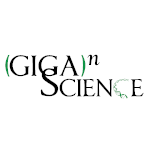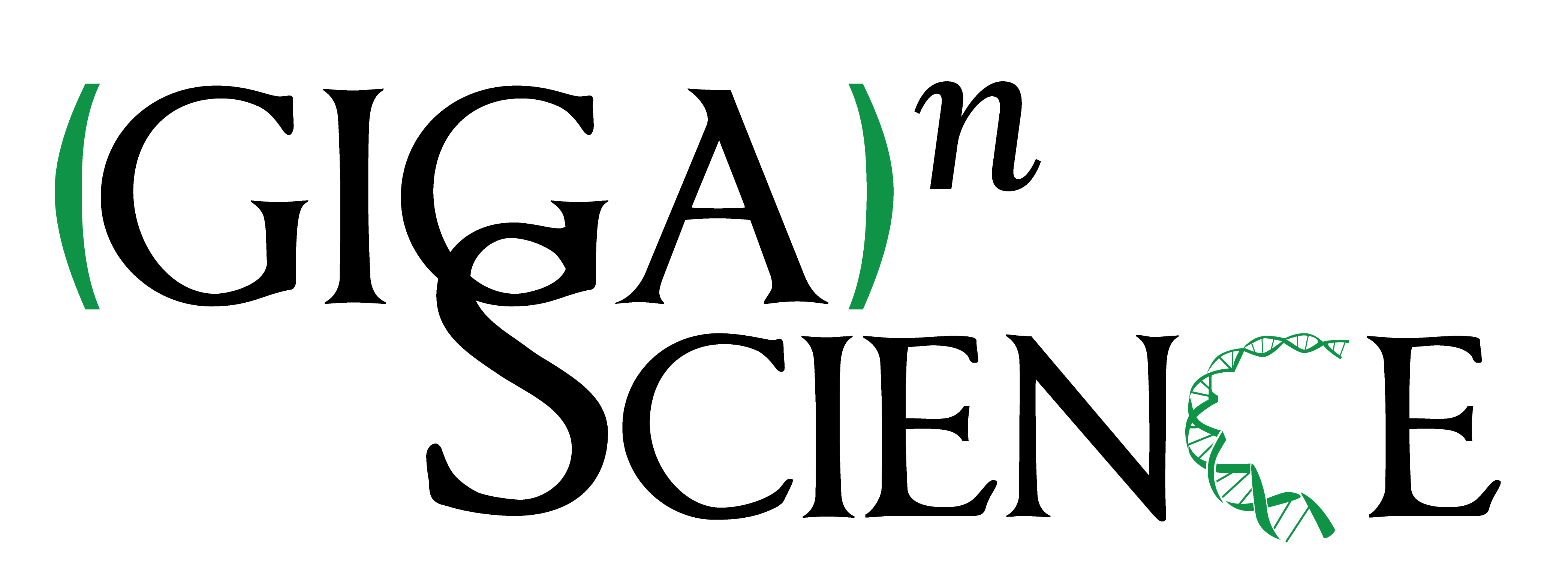Real-time DNA barcoding in a remote rainforest using nanopore sequencing
This article has been Reviewed by the following groups
Discuss this preprint
Start a discussion What are Sciety discussions?Listed in
- Evaluated articles (GigaScience)
Abstract
Advancements in portable scientific instruments provide promising avenues to expedite field work in order to understand the diverse array of organisms that inhabit our planet. Here we tested the feasibility for in situ molecular analyses of endemic fauna using a portable laboratory fitting within a single backpack, in one of the world’s most imperiled biodiversity hotspots: the Ecuadorian Chocó rainforest. We utilized portable equipment, including the MinION DNA sequencer (Oxford Nanopore Technologies) and miniPCR (miniPCR), to perform DNA extraction, PCR amplification and real-time DNA barcode sequencing of reptile specimens in the field. We demonstrate that nanopore sequencing can be implemented in a remote tropical forest to quickly and accurately identify species using DNA barcoding, as we generated consensus sequences for species resolution with an accuracy of >99% in less than 24 hours after collecting specimens. In addition, we generated sequence information at Universidad Tecnológica Indoamérica in Quito for the recently re-discovered Jambato toad Atelopus ignescens , which was thought to be extinct for 28 years, a rare species of blind snake Trilepida guayaquilensis , and two undescribed species of Dipsas snakes. In this study we establish how mobile laboratories and nanopore sequencing can help to accelerate species identification in remote areas (especially for species that are difficult to diagnose based on characters of external morphology), be applied to local research facilities in developing countries, and rapidly generate information for species that are rare, endangered and undescribed, which can potentially aid in conservation efforts.
Article activity feed
-

Now published in GigaScience doi: 10.1093/gigascience/giy033
Aaron Pomerantz 1Department of Integrative Biology, University of California, Berkeley, CA, USAFind this author on Google ScholarFind this author on PubMedSearch for this author on this siteFor correspondence: Pomerantz_aaron@berkeley.edu stprost@stanford.eduNicolás Peñafiel 2Centro de Investigación de la Biodiversidad y Cambio Climático (BioCamb) e Ingeniería en Biodiversidad y Recursos Genéticos, Facultad de Ciencias de Medio Ambiente, Universidad Tecnológica Indoamérica, Machala y Sabanilla, Quito, EcuadorFind this author on Google ScholarFind this author on PubMedSearch for this author on this siteLucas Bustamante 3Tropical Herping, Quito, EcuadorFind this author on Google ScholarFind this author on PubMedSearch for this author on this siteFrank Pichardo 3Tropical …
Now published in GigaScience doi: 10.1093/gigascience/giy033
Aaron Pomerantz 1Department of Integrative Biology, University of California, Berkeley, CA, USAFind this author on Google ScholarFind this author on PubMedSearch for this author on this siteFor correspondence: Pomerantz_aaron@berkeley.edu stprost@stanford.eduNicolás Peñafiel 2Centro de Investigación de la Biodiversidad y Cambio Climático (BioCamb) e Ingeniería en Biodiversidad y Recursos Genéticos, Facultad de Ciencias de Medio Ambiente, Universidad Tecnológica Indoamérica, Machala y Sabanilla, Quito, EcuadorFind this author on Google ScholarFind this author on PubMedSearch for this author on this siteLucas Bustamante 3Tropical Herping, Quito, EcuadorFind this author on Google ScholarFind this author on PubMedSearch for this author on this siteFrank Pichardo 3Tropical Herping, Quito, EcuadorFind this author on Google ScholarFind this author on PubMedSearch for this author on this siteLuis A. Coloma 4Centro Jambatu de Investigación y Conservación de Anfibios, Fundación Otonga, Quito, EcuadorFind this author on Google ScholarFind this author on PubMedSearch for this author on this siteCésar L. Barrio-Amorós 5Doc Frog Expeditions, Uvita, Costa RicaFind this author on Google ScholarFind this author on PubMedSearch for this author on this siteDavid Salazar-Valenzuela 2Centro de Investigación de la Biodiversidad y Cambio Climático (BioCamb) e Ingeniería en Biodiversidad y Recursos Genéticos, Facultad de Ciencias de Medio Ambiente, Universidad Tecnológica Indoamérica, Machala y Sabanilla, Quito, EcuadorFind this author on Google ScholarFind this author on PubMedSearch for this author on this siteStefan Prost 1Department of Integrative Biology, University of California, Berkeley, CA, USA6Program for Conservation Genomics, Department of Biology, Stanford University, Stanford, CA, USAFind this author on Google ScholarFind this author on PubMedSearch for this author on this siteFor correspondence: Pomerantz_aaron@berkeley.edu stprost@stanford.edu
A version of this preprint has been published in the Open Access journal GigaScience (see paper https://doi.org/10.1093/gigascience/giy033 ), where the paper and peer reviews are published openly under a CC-BY 4.0 license.
These peer reviews were as follows:
Reviewer 1: http://dx.doi.org/10.5524/REVIEW.101071 Reviewer 2: http://dx.doi.org/10.5524/REVIEW.101072
-

